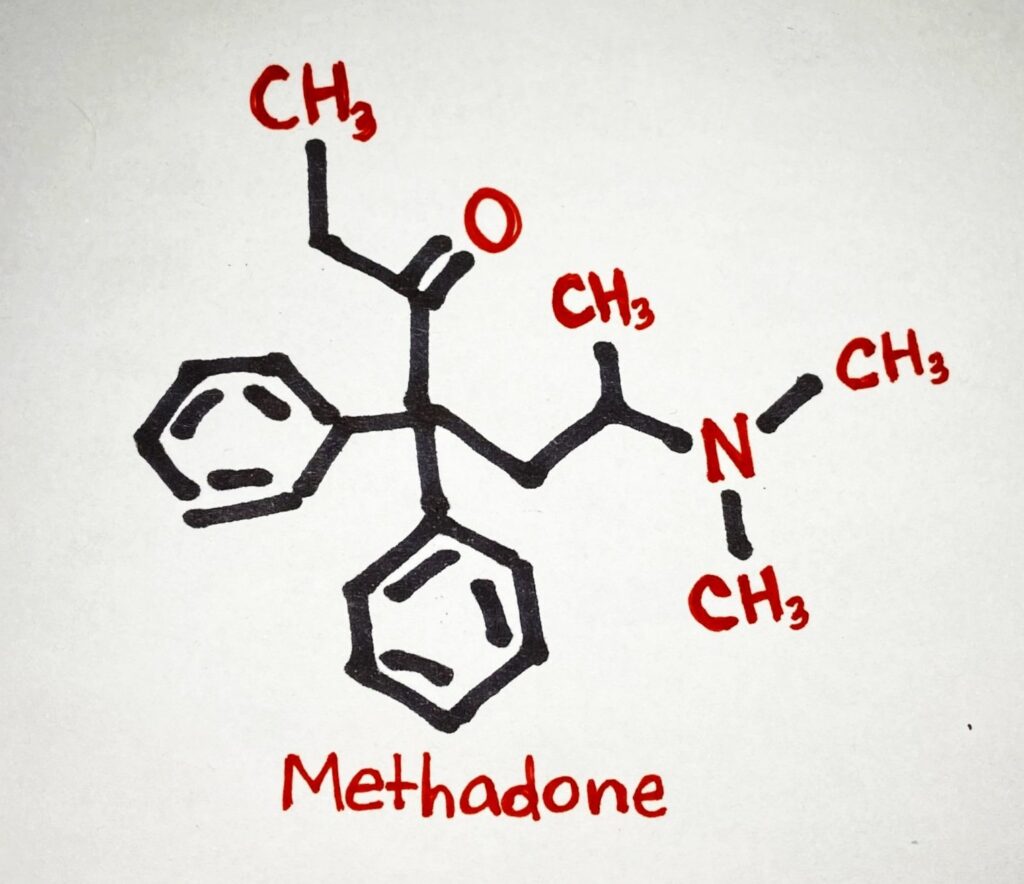Overview of Juvenile Deflection in the United States: A State-by-State Comparison
Authors
Media Contact
For general media inquiries and to book our experts, please contact [email protected].
Introduction
Over the past few decades, juvenile crime (i.e., “delinquency”), arrests and confinement have begun to decline—a trend that directly correlates with states and localities moving away from overly punitive, “tough on crime” juvenile policies and toward diversion initiatives aimed at limiting juvenile interaction with the justice system. Between 1996 and 2019, juvenile arrests declined by 74 percent, and between 1995 and 2019, juvenile incarceration dropped by 70 percent with no corresponding uptick in overall or violent juvenile crime.
Research on crime, adolescent brain development and behavior has demonstrated that arrest, detention and juvenile court adjudication and incarceration tend to increase delinquent youths’ risk of recidivism, negatively impacting psychosocial development and maturation into healthy, productive adulthood. In response, many communities are using diversion for low-risk juvenile offenders in place of formally processing youth through the juvenile court system. This allows juveniles to avoid the trauma and stigma of juvenile proceedings; avoid the burden of delinquency records that impede future educational and employment opportunities; and benefit from rehabilitation and accountability.
Of the many juvenile diversion models in use, pre-arrest diversion led by law enforcement—often referred to as deflection—has received comparatively little attention. This study works to fill that gap by assessing juvenile arrest rates and deflection efforts for all 50 states and providing a state-by-state overview and comparison of deflection programs.
Press release: A Reflection on All 50 States’ Youth Deflection Programs












